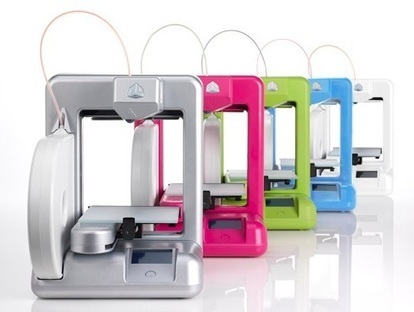Now that kids are using 3D printers to build their own new limbs, a group of Philadelphia doctors is exploring how to use the technology to build kid-sized devices.
A group of pediatric specialists at Children’s Hospital of Philadelphia want to find out how 3D printing can be used to create customized devices for the complex needs of its pediatric patient populations.
One frustration of pediatrics is that it tends to be an area overlooked by medical device companies. Children represent a relatively small market that doesn’t lend itself to mass production. Adapting adult medical devices for children can be problematic. But when you factor in subtle developmental differences, that can make it more complicated to find the best medical device for children.
Dr. Jorge Galvez, an anesthesiologist at CHOP and a professor of anesthesiology and critical care at the Perelman School of Medicine at the University of Pennsylvania, talked about the group at the kickoff of DreamIt Venture’s new program with CHOP. It began collaborating with University of Pennsylvania engineering students Nicholas McGill and Michael Rivera after they won a challenge by the Society for Technology in Anesthesia.
The annual contest this year turned its attention to 3D printing applications. It sought ideas for applying the technology to developing a Williams intubating airway that could be adjusted based on measurements from a CT or MRI scan. That particular technology is especially useful for a pediatric hospital because there’s a need for specialized devices for children with variations in the shapes of their airways.
Galvez said the idea is that the 3D printing think tank would develop applications for the technology across different pediatric specialties. Among the specialties represented in the group are cardiology; anesthesiology; ear, nose and throat; and orthopedics. “There’s a lot of low-hanging fruit in this area, such as customized prosthetics,” said Galvez. “The challenge is not about using the printer, but having the knowledge and expertise to know what the needs of each specialty are.”
The idea is that as the practice of 3D printing becomes more mature, customized devices could be developed more rapidly.
Read more: http://medcitynews.com/2014/02/pediatic-hospital-physicians-initiate-3d-printing-think-tank/#ixzz2tzkmX62K



 Your new post is loading...
Your new post is loading...







